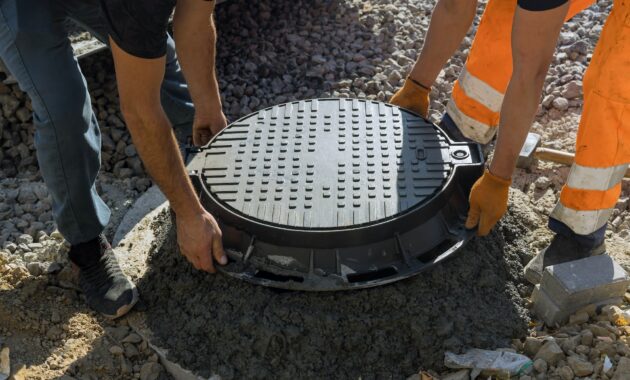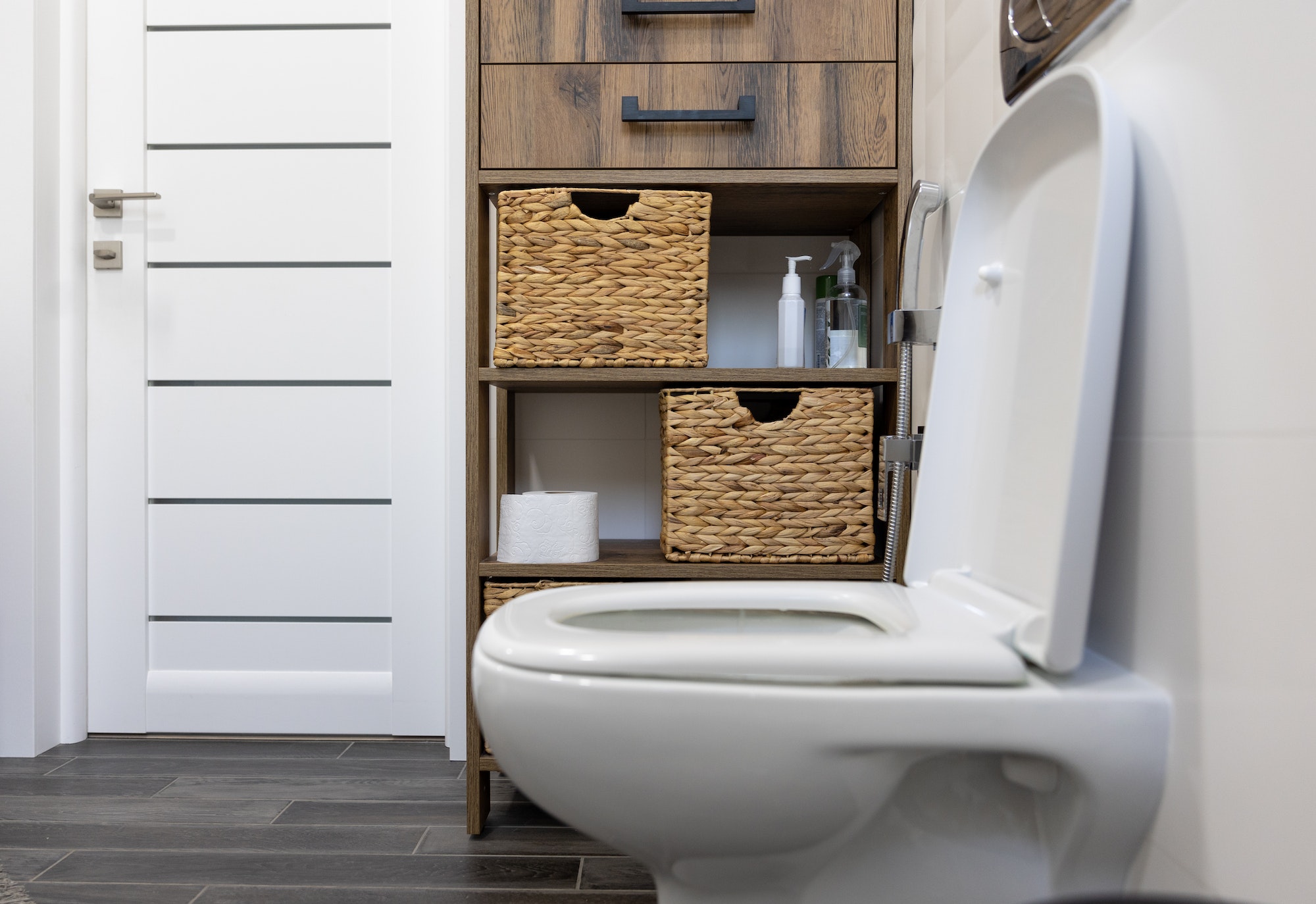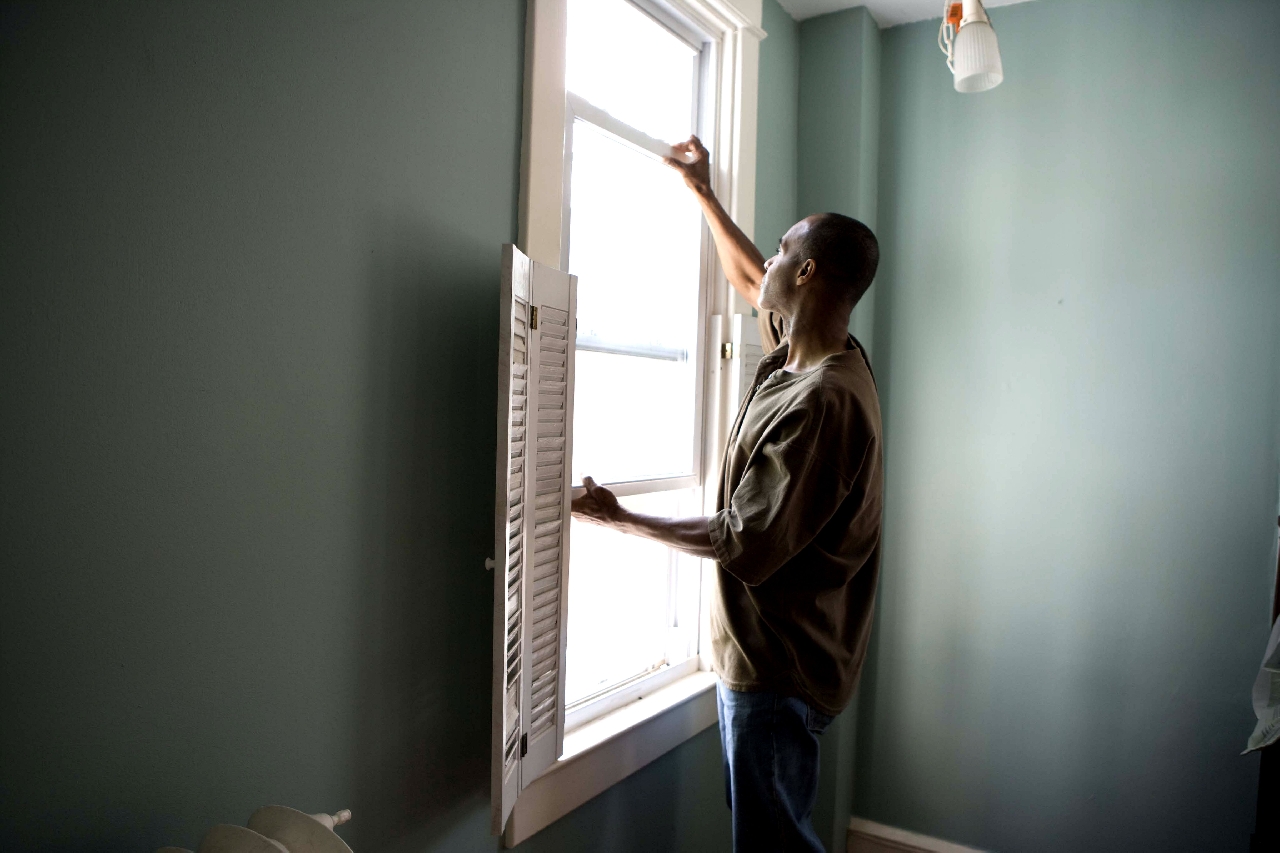Keeping your septic tank in good condition is crucial to owning a home. This small but vital piece of equipment helps you dispose of waste properly, which is essential for staying safe and healthy. If your septic system isn’t working correctly, it can cause serious health issues for humans and animals. In this post, we’ll look at how to keep your septic tank working properly so that you can avoid these problems in the future.
Whether you live in a rural area, a city, or somewhere in between, if your home has a septic tank and wastewater drain field, it’s important to keep them maintained. Proper maintenance will keep your property safe and healthy and prevent costly repairs down the line. Kelley Septic & Drain can help you in all aspects of the septic tank and drain field maintenance. From new systems to repairs, they have you covered. So what should you know about proper septic tank maintenance? Let’s take a look at five things:
1. Recognize The Signs Of Septic System Failure
If you are experiencing any of the following, it is likely that your septic system has failed and requires immediate attention:
- Flushing problems in toilets and drains. A lack of water or slow drainage can be an indication that your septic tank is not properly functioning. In some cases, the issue may stem from a waste line blockage outside of the home. If this is not something that you are able to rectify yourself with a plunger or snake tool, contact a professional who specializes in septic systems immediately.
- Smelly water coming from sinks and bathtubs after use – again, this could indicate a problem with your waste lines or the tank itself; if it persists over time (more than one day), call for assistance right away!
- Pooling water around buildings on-site – this could be due to either an overflow condition within the system or poor drainage away from property boundaries; either way, it’s best handled by professionals because they will have access to tools needed to get things back under control safely while keeping environmental impact minimal as well as ensuring compliance with local regulations related specifically towards land management issues such as drought restrictions when applicable (see more below).
2. Use Water Efficiently
The average American uses 80 gallons of water per day. About half of this is used outdoors, so it’s important to be mindful of your outdoor water use. Here are some tips for conserving water around your home:
- Use a rain barrel to collect water for gardening. You can also have a rain barrel installed in the gutters of your house if you don’t have one already!
- Use timers to control when your sprinkler system is on and off, or consider switching over to automatic switches that detect soil moisture levels before turning off (or on) the flow of water.
- Use a watering can instead of a hose whenever possible; this way, you can keep tabs on exactly how much each plant gets watered and avoid overwatering any plants!
3. Waste disposal
There are a few ways to dispose of waste from your septic tank. The first way is to use the drain field. This involves the disposal of waste into an area where it can be absorbed safely by the earth and plants. However, some people prefer to collect their own sewage and dispose of it themselves since this method is much more affordable than hiring someone else for this job.
It’s important to dispose of waste properly. Never pour liquid or solid waste into the septic tank, storm drain, or street. This includes liquid leftovers from cooking and dishwashing, dog waste, and other household products like soaps and cleaners containing oils. If you have a large amount of solid waste that needs to be disposed of (like after a party), call your local sanitation department before dumping it into your septic tank. They may provide a service for disposing of your trash at no cost or minimal charge
4. Prevent Chemical Poisoning
Chemicals in your septic tank can cause a number of problems for you, your family, and your pets. The bacteria in the tank rely on anaerobic conditions to work properly; if these conditions are disturbed, the bacteria will begin to die off, and waste products will build up in your pipes and drains. This leads to odors, clogs, and other issues that can affect everyone living on or near your property.
To avoid this type of problem: Don’t use harsh chemicals such as drain cleaners or bleach down your drain; don’t pour grease down the drain (instead, dispose of it properly); don’t put paint or pesticides down the drain; don’t pour cooking oils into a sink with no disposal or dishwasher nearby; never use harsh chemicals to clean out an old septic tank
5. Frequent inspections and maintenance
To ensure that your septic tank is working properly and to avoid problems, you should do annual inspections. How often you do it depends on your local regulations. You can also hire a professional to inspect your system regularly and make repairs as needed.
To conduct an inspection, start by finding the drain field or leaching bed (if applicable). The drain field is where wastewater from your home is sent to be treated in soil. It’s usually located away from the house and covered with grass or vegetation to hide it from view. Check for any plants that may need watering or are wilting due to lack of water; this could indicate a clogged drain field pipe or other problem with the system. If there are no visible problems, there may still be some issues below ground level that could cause odors or other issues over time if not addressed immediately.

Final Thoughts
To sum up, septic tank maintenance is an important part of keeping your property safe and healthy. If you don’t have a septic system, then you may want to get one installed soon! As we’ve shown above, there are many benefits for both homeowners and the environment alike when you invest in proper septic tank maintenance. And if you already have a system in place? There’s no better time than now to start taking care of it properly.
Discover more from Futurist Architecture
Subscribe to get the latest posts sent to your email.



